-
-
-
喜多川俵二(きたがわひょうじ
KITAGAWA, Hyoji.)
きたがわひょうじ
KITAGAWA, Hyoji.
喜多川俵二
有職織物
重要無形文化財保持者(人間国宝)
超えて受け継がれる悠久の美。
銀座もとじ和織 2005年、2008年、2013年、2015年個展開催
KITAGAWA, Hyoji.
Yusoku Weaving
The Tawaraya-Kitagawa family has been producing karaori weaving in Nishijin for more than 500 years, and has been involved in the production of yusoku textiles since the Edo period (1603-1868).
In 1988, Hyoji succeeded to the 18th generation of the Tawaraya-Kitagawa family, and in 1999, he was recognized as a Living National Treasure in the field of yusoku textiles, following in his father, Heiro’s footsteps.
Yusoku is type of textile that was imported to Japan from China in ancient times, and was worn exclusively by the aristocracy and court. Though the colors used change through the ages the patterns themselves change very little and due to their history are considered quiet formal.
The Kitagawa family has woven costumes for the coronation and wedding ceremonies for generations of the imperial family, and has also been responsible for weaving the ceremonial fabrics for the renowned Ise Shrine's ceremony every 20 years..
Ginza Moji Waori held solo exhibitions in 2005, 2008, 2013, and 2015.
1988年 俵屋18代を継承
1989年 伊勢神宮式年遷宮神宝装束「錦」「羅」「紗」等を製織
1990年 秋篠宮殿下 紀子様御婚儀装束「御即帯」「十二単」製織
天皇御即位御大典御装束「御即帯」「十二単」製織
1993年 皇太子殿下 雅子様御婚儀装束「御即帯」「十二単」製織
1999年 重要無形文化財(人間国宝)の認定を受ける
この作家の作品
This Artisan’s
Products
Products
この作家の
作品が含まれる
コーディネート
Coordinates
with
This Artisan's
Product
作品が含まれる
コーディネート Coordinates
with
This Artisan's
Product
この作家
に関する
読みもの
The Latest Articles
About This Artisan
に関する
読みもの The Latest Articles
About This Artisan
この作家
に関する
催事
The Latest Events
About This Artisan
に関する
催事 The Latest Events
About This Artisan
この作家
に関する
お知らせ
The Latest News
About This Artisan
に関する
お知らせ The Latest News
About This Artisan
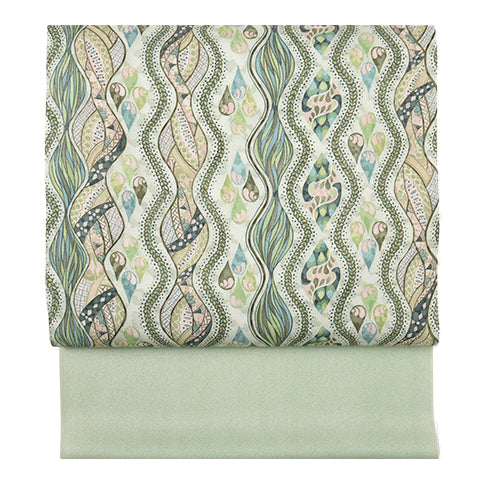 名古屋帯
名古屋帯
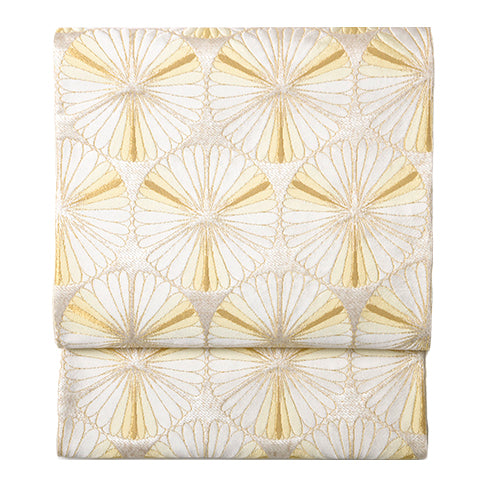 袋帯
袋帯
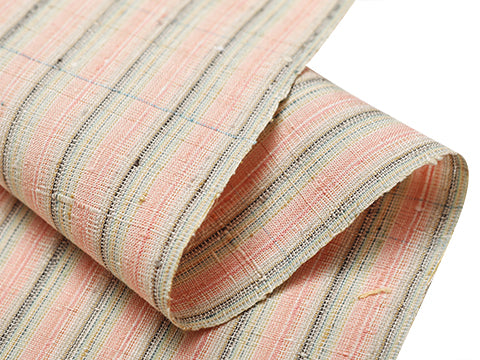 紬・綿・自然布
紬・綿・自然布
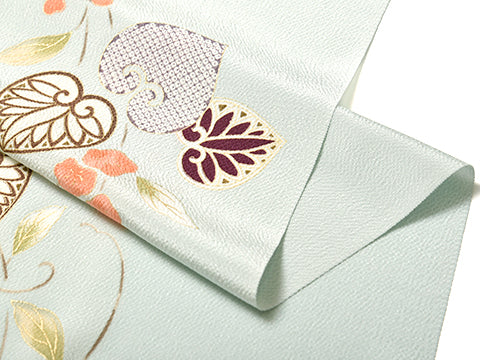 小紋・江戸小紋
小紋・江戸小紋
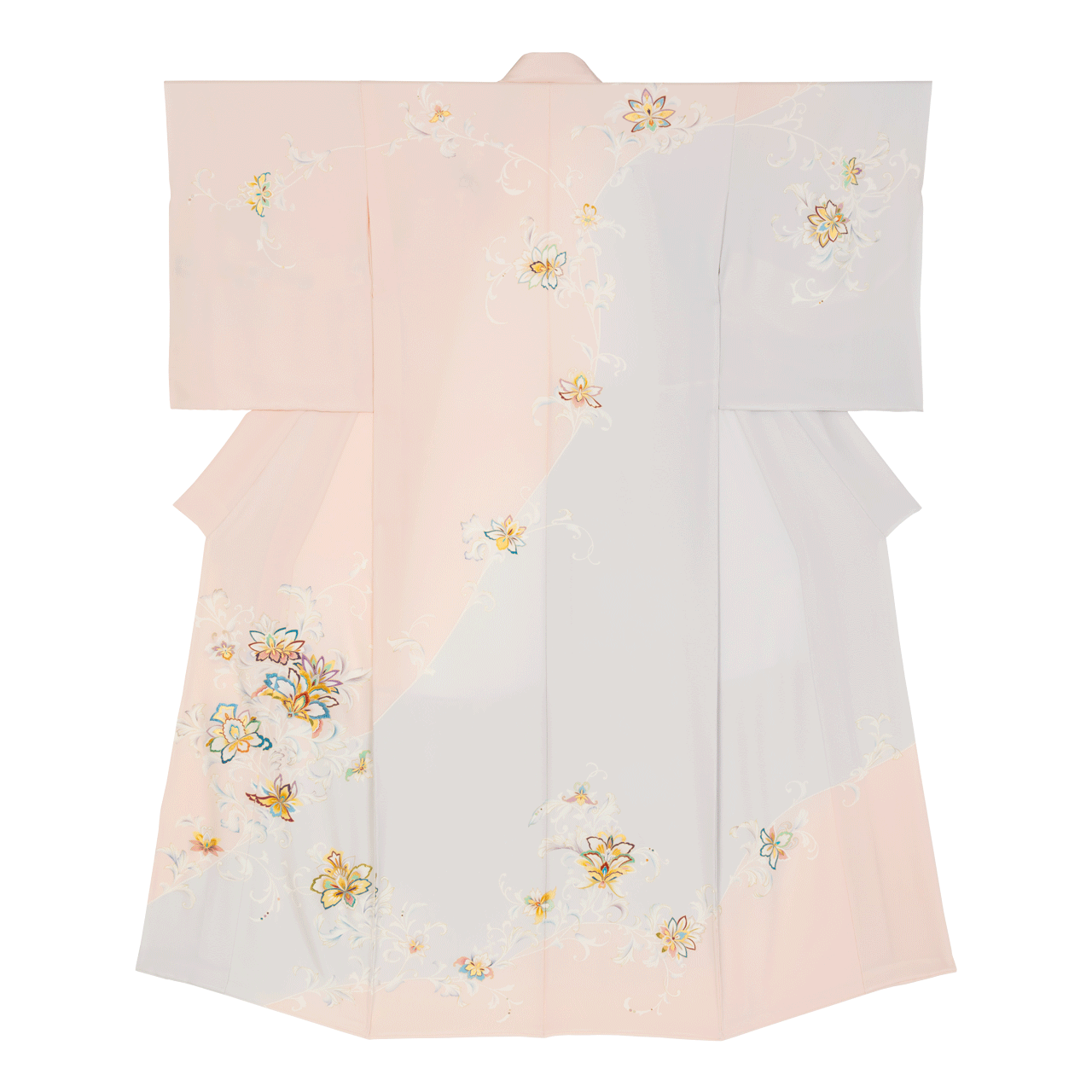 訪問着・付下げ・色無地ほか
訪問着・付下げ・色無地ほか
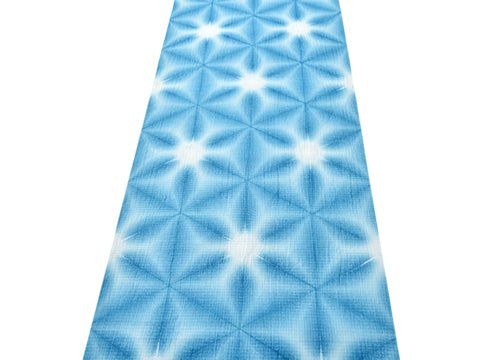 浴衣・半巾帯
浴衣・半巾帯
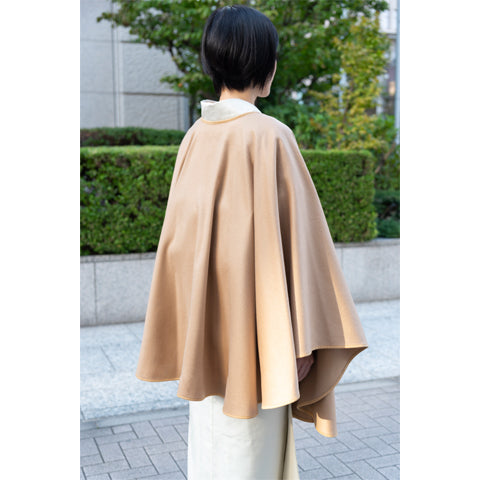 羽織・コート
羽織・コート
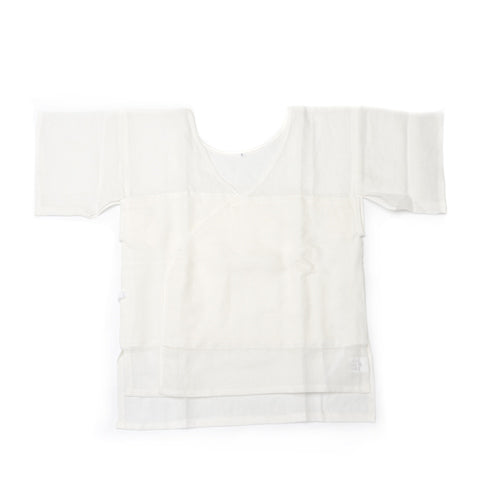 肌着
肌着
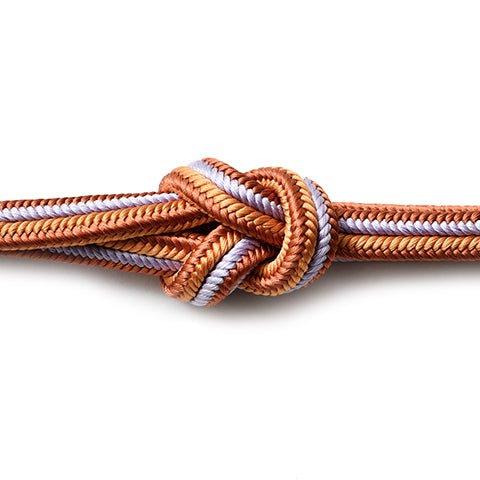 小物
小物
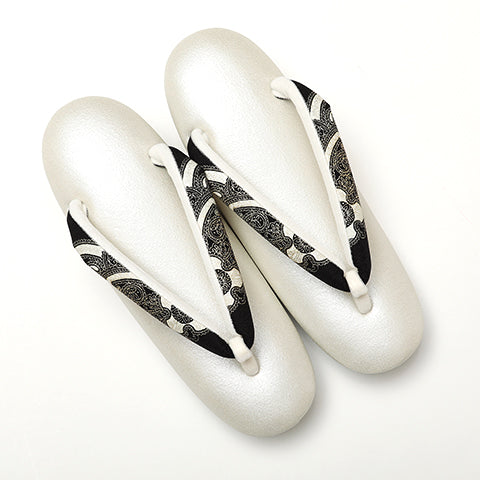 履物
履物
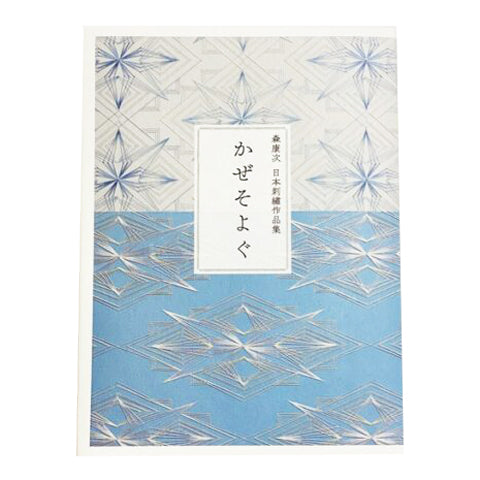 書籍
書籍
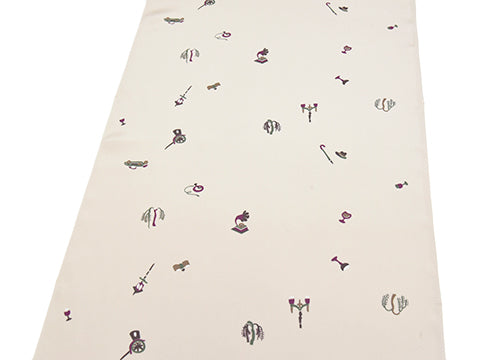 長襦袢
長襦袢
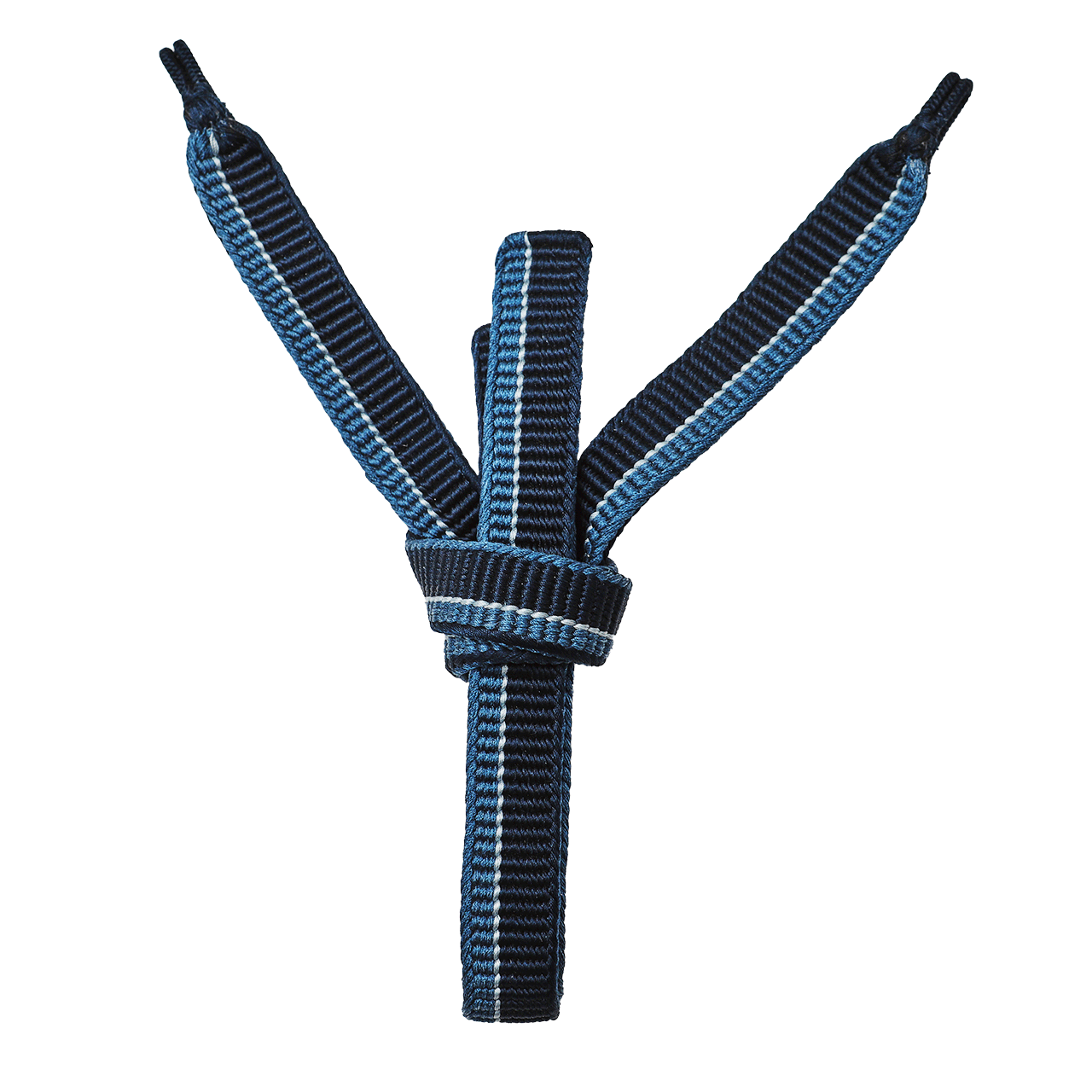 小物
小物
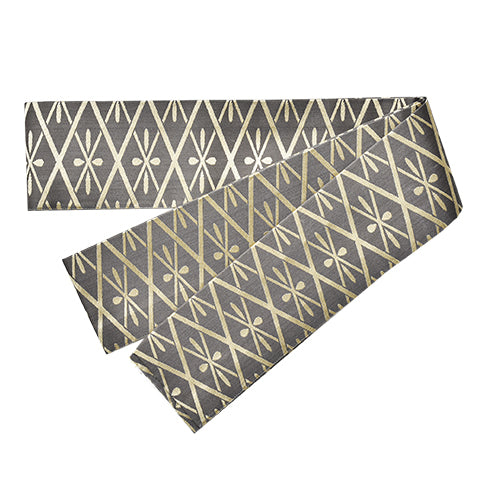 帯
帯
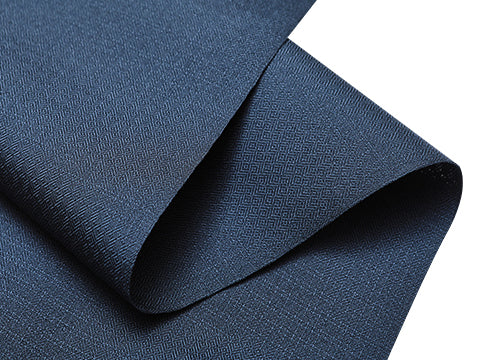 お召
お召
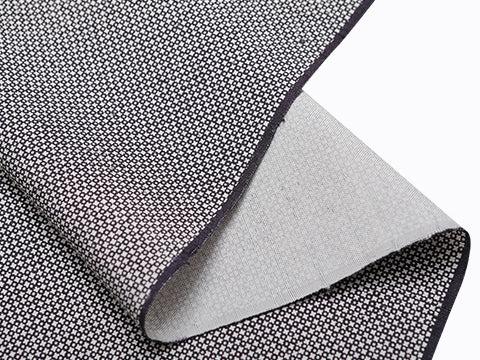 小紋・江戸小紋
小紋・江戸小紋
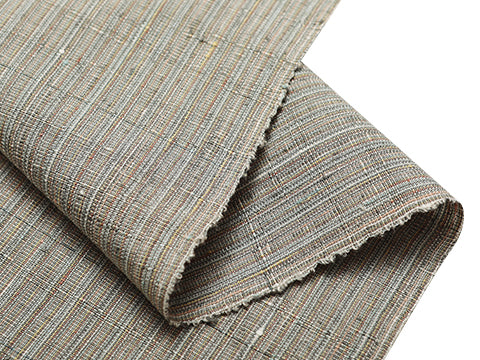 紬・綿・自然布
紬・綿・自然布
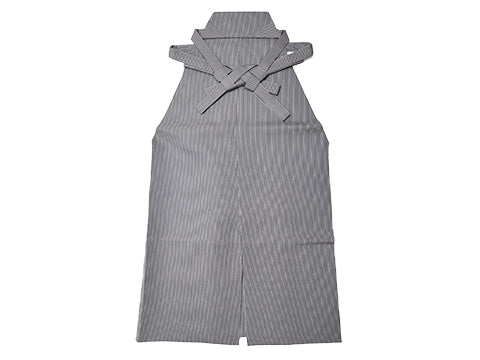 袴
袴
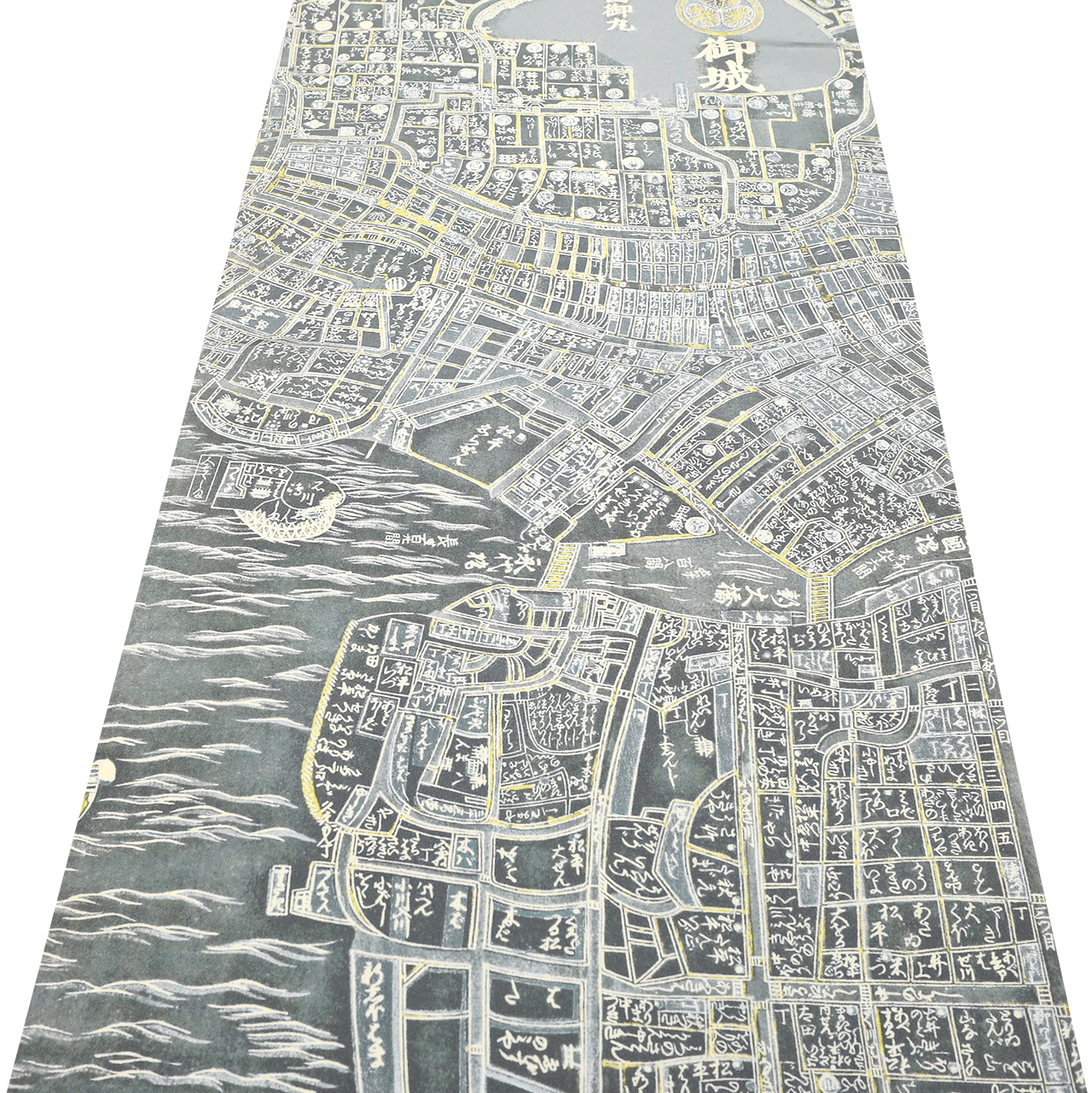 長襦袢
長襦袢
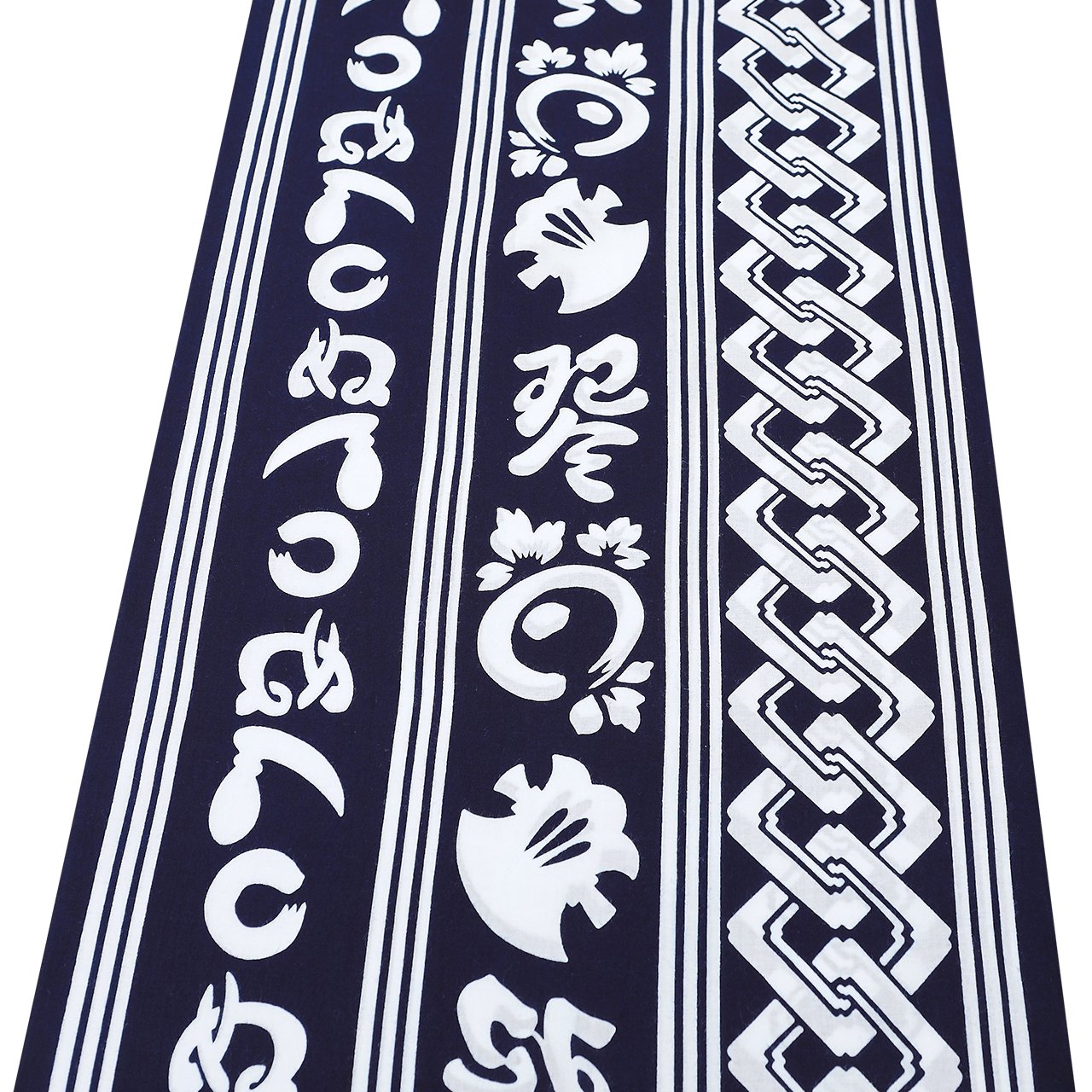 浴衣
浴衣
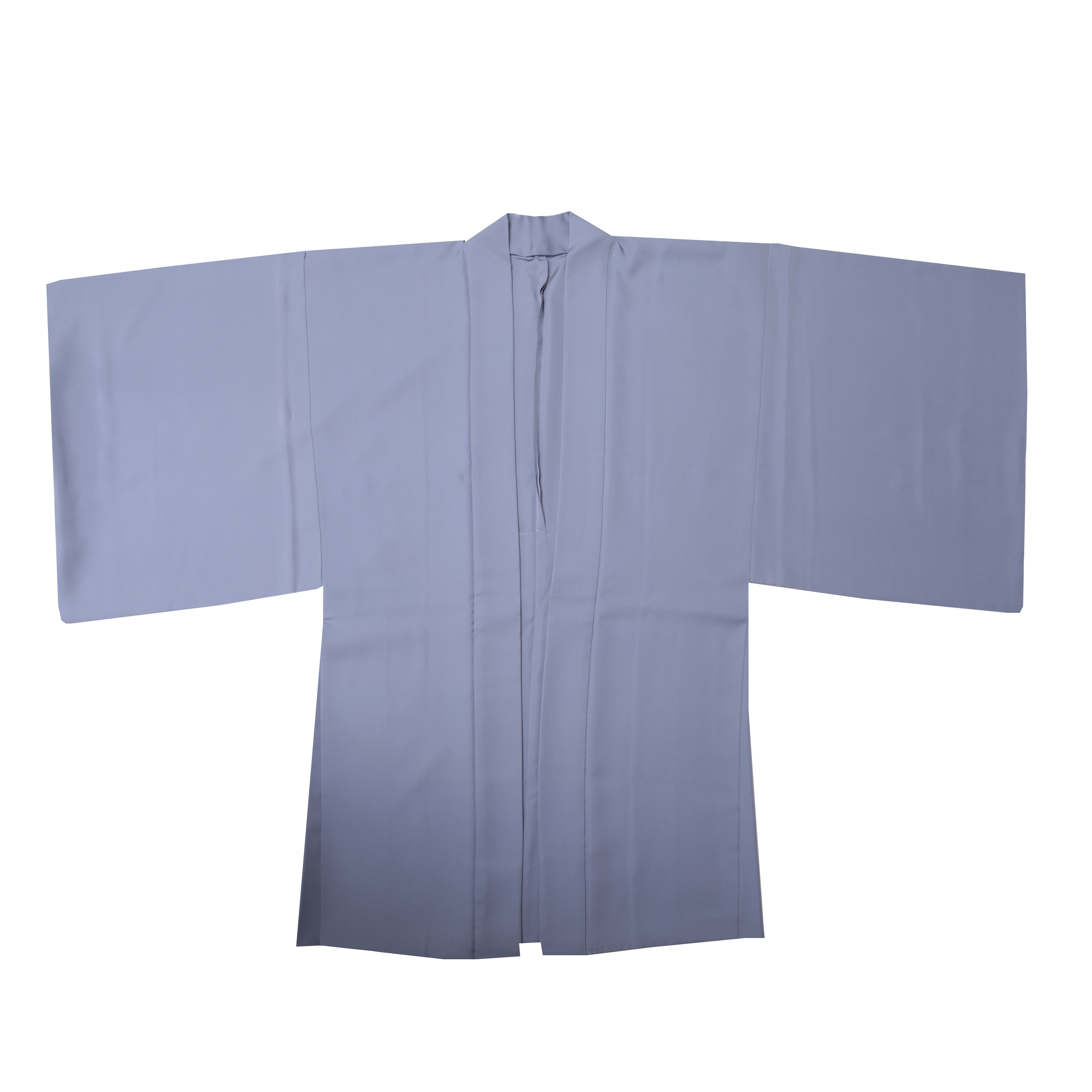 羽織・コート
羽織・コート
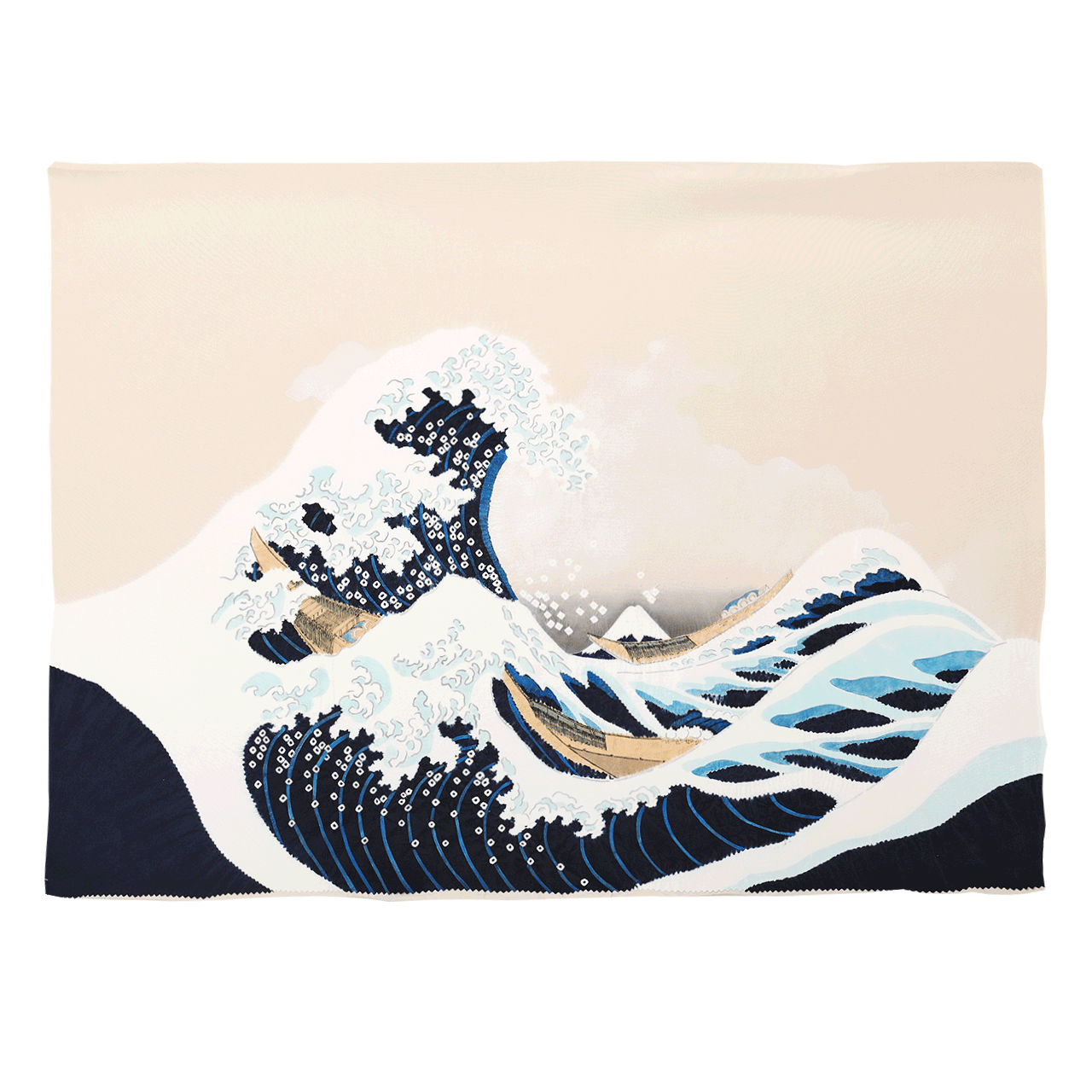 額裏
額裏
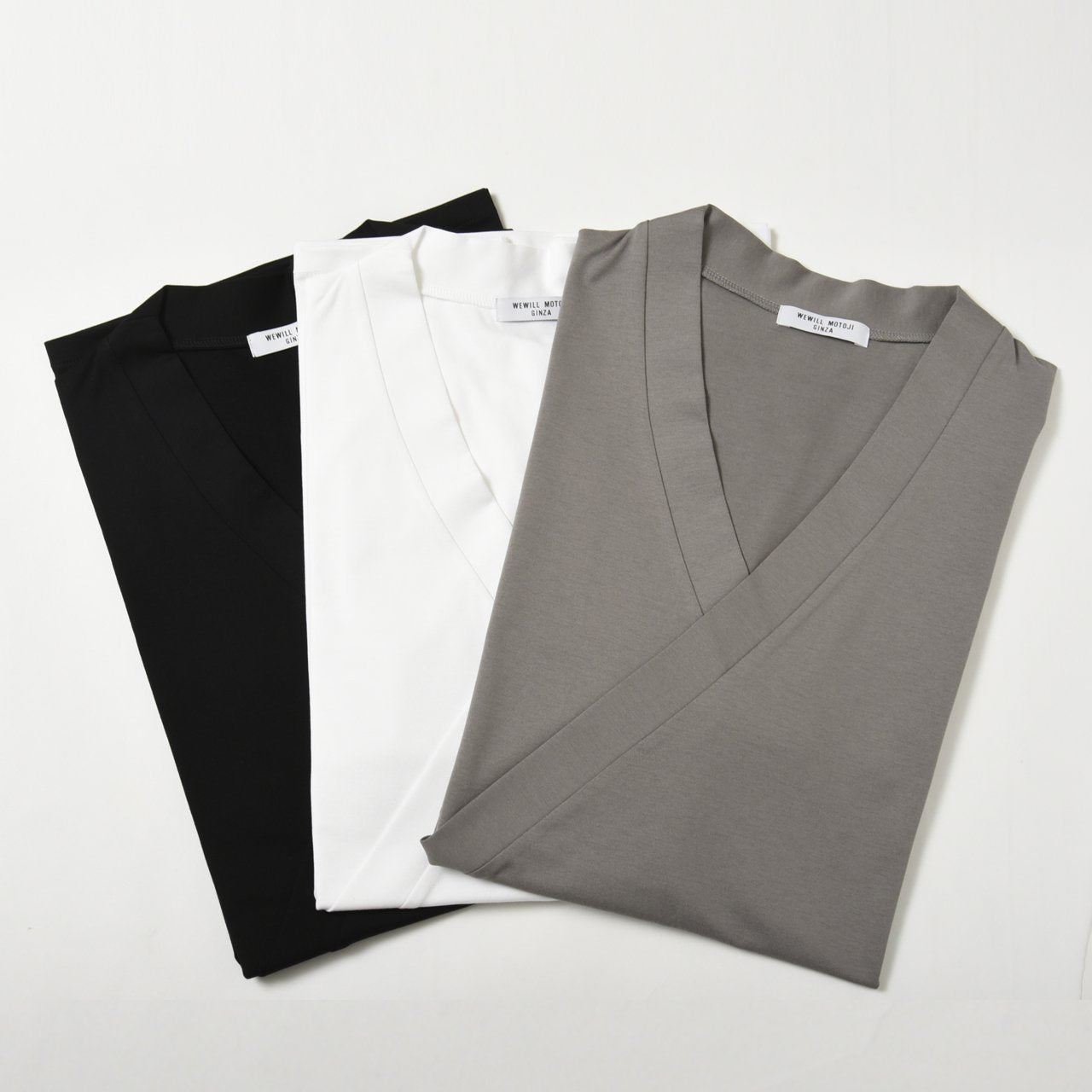 肌着
肌着
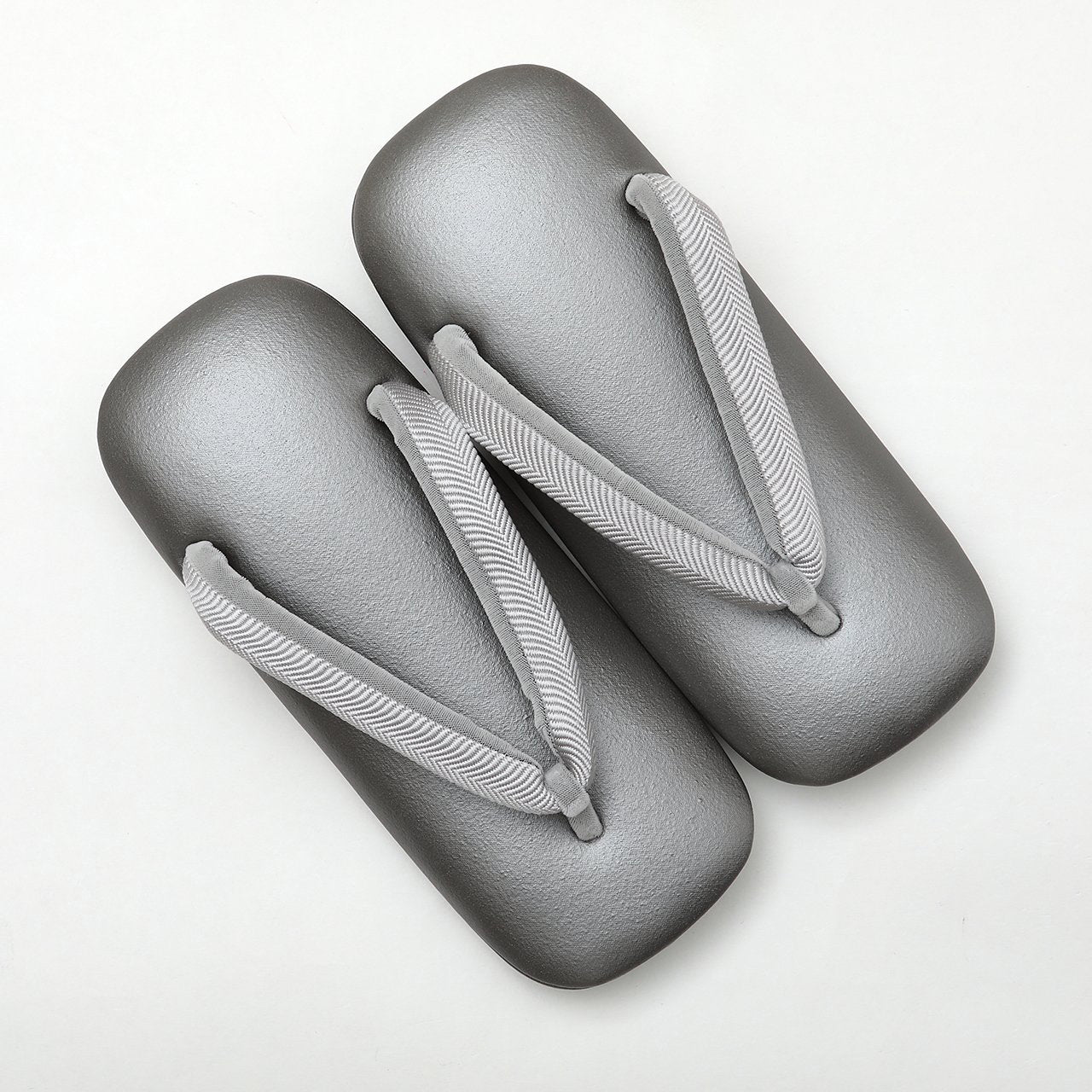 履物
履物
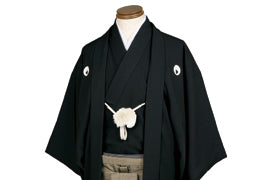 紋付
紋付
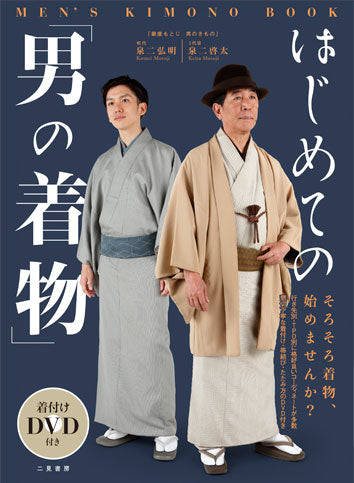 書籍
書籍